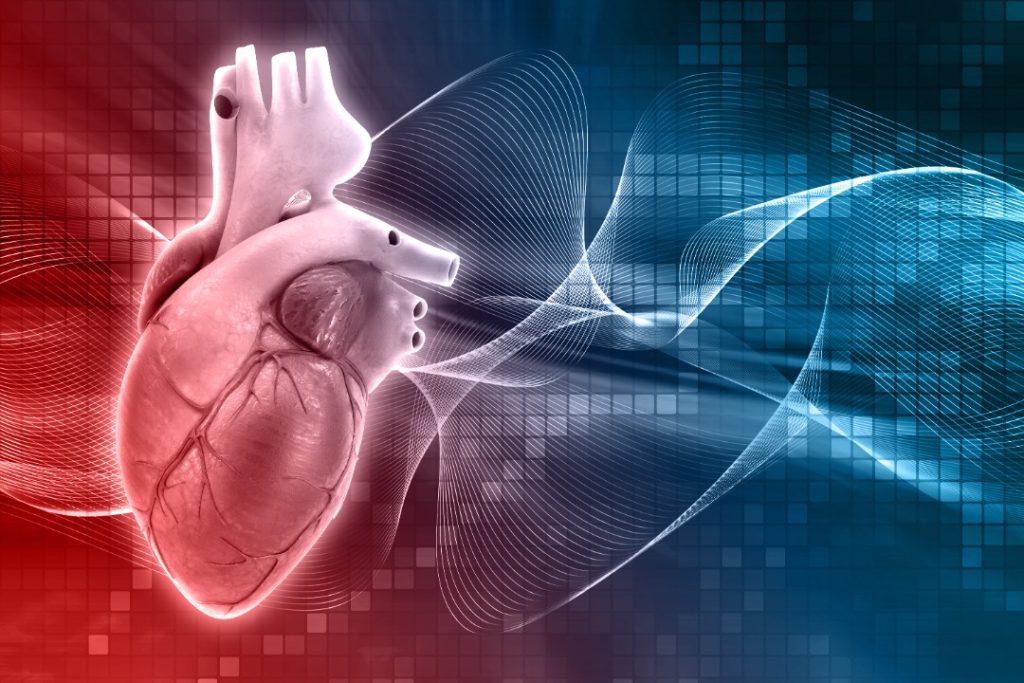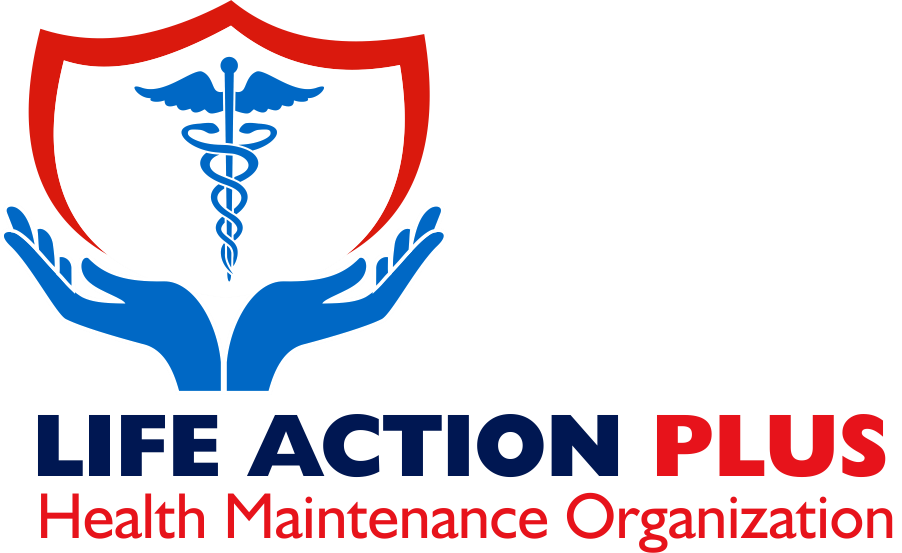Your heart has an electrical system that regulates your heartbeat and keeps blood pumping around your body. A cardiac arrest happens when a problem in this electrical system causes the heart to stop pumping blood. It is commonly caused by a heart attack or an inherited heart condition.
Instead of beating regularly and effectively pumping blood around the body, the heart quivers during a cardiac arrest. Stopping blood flow and causing the victim to collapse. This life-threatening heart rhythm is called Ventricular Fibrillation (VF). The victim will have no memory of collapsing, as the lack of oxygen in the brain causes brain cells to die, creating temporary memory loss.

Some other major causes of heart attack include: a heart attack (which might be caused by a coronary heart disease), cardiomyopathy (and other inherited heart conditions), congenital heart disease, heart valve disease, acute myocarditis (inflammation of the heart muscle). Other possible causes include: electrocution, a drug overdose, losing a large amount of blood, and a severe drop in oxygen levels.
A Cardiac arrest and a heart attack are not the same thing. A heart attack happens when a blood vessel in the heart is being blocked by a clot, causing pain, feeling of pressure, or a burning sensation in the chest. Some people just feel uncomfortable during a heart attack while others experience strong pain. In most cases, the victim is conscious.
During a cardiac arrest however, the blood has stopped pumping blood effectively, the brain isn’t getting enough oxygen, and so the person becomes unconscious. They won’t be breathing normally, or might not be breathing at all. This situation requires CPR immediately after calling 112 for urgent medical attention. Without any intervention, the brain, vital organs, and the heart will begin to die. Brain damage will start to set in after 4 minutes, and after 10 minutes, brain damage becomes irreversible.
Performing CPR accomplishes two critical things;
- Compressions move oxygenated blood to the brain to keep the brain alive
- Compressions keep blood and oxygen moving to the heart muscle itself, so that it has the best chance of resuming a normal electrical rhythm after shock is delivered.
How to give CPR
1
CHECK the scene for safety, form an initial impression and use personal protective equipment (PPE)
2
If the person appears unresponsive, CHECK for responsiveness, breathing, life-threatening bleeding or other life-threatening conditions using shout-tap-shout
3
If the person does not respond and is not breathing or only gasping, CALL 1-1-2 and start CPR immediately after the call.
4
Place the person on their back on a firm, flat surface
5
Give 30 chest compressions
Hand position: Two hands centered on the chest
Body position: Shoulders directly over hands; elbows locked
Depth: At least 2 inches
Rate: 100 to 120 per minute
Allow chest to return to normal position after each compression
6
Give 2 breaths
Open the airway to a past-neutral position using the head-tilt/chin-lift technique.
Ensure each breath lasts about 1 second and makes the chest rise; allow air to exit before giving the next breath.
Note: If the 1st breath does not cause the chest to rise, re-tilt the head and ensure a proper seal before giving the 2nd breath if the 2nd breath does not make the chest rise, an object may be blocking the airway
7
Continue giving sets of 30 chest compressions and 2 breaths till the medical team arrives (Use an Automated external defibrillator (AED) if one is available)


